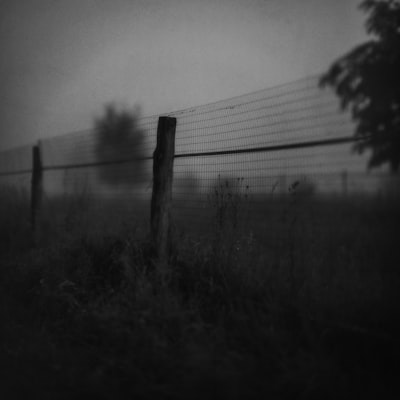Borders are curious things. To the naked eye, they’re invisible—mere lines on a map, sometimes marked by rusty fences, guarded outposts, and weathered warning signs. Yet, they shape destinies, rewriting the futures of those who live in their long, uncertain shadows.
The Afghan-Pakistani border is an especially haunted frontier, a place where geography collides with history and where each footstep carries the weight of old agreements and fresh betrayals. But do borders merely divide? Or do they also connect, in strange, paradoxical ways?
Consider this: The Durand Line, drawn by colonial pen in 1893, was never meant to map hearts or hopes. It sliced through mountains, valleys, and communities that had long traded, married, and squabbled without regard to any artificial boundary. Even today, this line ripples with energy—illicit trade, family reunions, secret migrations, and, unfortunately, vehicles of violence. It's a seam that won't stay stitched.
What if every border post was instead a marketplace? Or if soldiers, instead of watching for threats, kept vigil over stories—the ones that pass back and forth, as persistent as the chill wind across those highlands?
In the age of satellites and drones, is it not surprising that so much conflict still depends on such old-fashioned constructs—a fence, a bomb, a checkpoint, a uniform? What if the most potent borders are not those scratched onto the earth, but drawn across the landscapes of trust and fear?
This article was inspired by the headline: 'Suicide bombing kills 13 Pakistani soldiers near Afghan border, say sources'.

Comments
No comments yet. Be the first to comment!